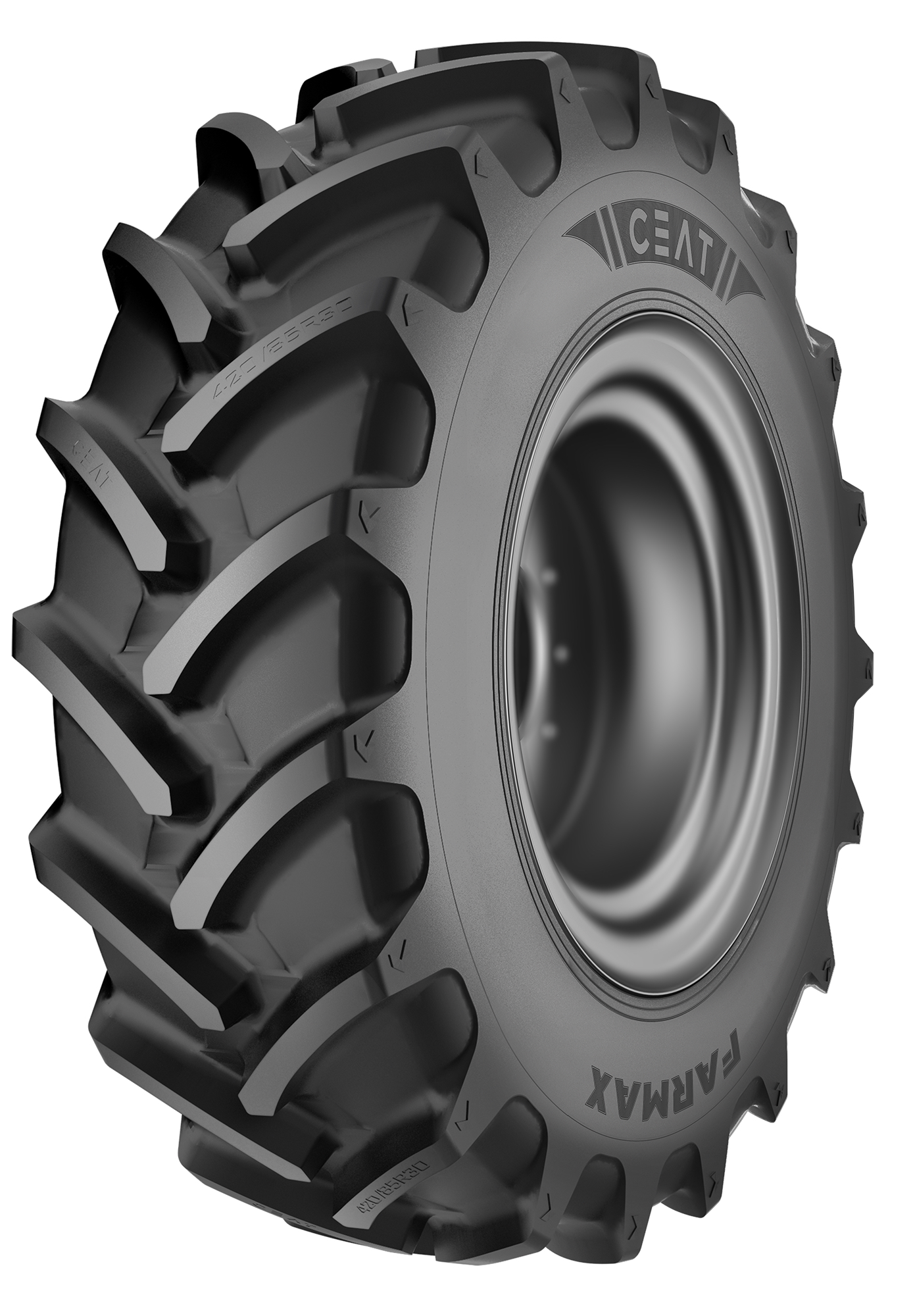The tires can be installed on tractors, combines and other equipment
By Diego Flammini
Staff Writer
Farms.com
Attendees of the Farm Progress Show in Boone, Iowa next week can get a first-hand look at new tire offerings from CEAT Specialty Tires Inc.
The company will debut its FARMAX 85 Ag radial tire. It can fit rim sizes between 20- and 46-inches (50- to 116-centimetres) and features flexible sidewalls and a wider tread face to help farmers operate efficiently.
“Today’s farmer is more economically and environmentally conscious than ever before,” Tarang Srivastava, general manager of CEAT Specialty Tires, told Farms.com in an email today. “They expect equipment to work as hard as they do.

“To achieve a larger footprint, these tires have larger inner volume, higher tread arc widths and flexible sidewalls. The larger footprint helps with low soil compaction.”
CEAT’s radial tires are designed for tractors, combines, implements, slurry tankers and other machinery.
The tire’s dual lug angle design give it better traction and roadability, he added.
In addition to the radial tire, CEAT Specialty Tires will also display one of its popular flotation tires.
“It reduces farmer down time with a tough nylon casing and high strength bead wires that withstand stress in the bead region,” which is edge of the tire that sits on the wheel, Srivastava said.
Having a good set of tires can help ensure good machinery performance.
“Farmer typically run tires for four to seven years, so it’s important to buy something that will remain trouble free for that long,” he said. “CEAT radial tires come with a seven-year warranty and will work as hard as farmers in their fields.”